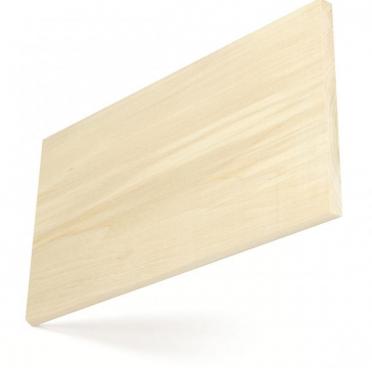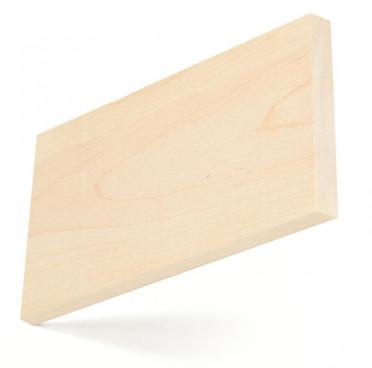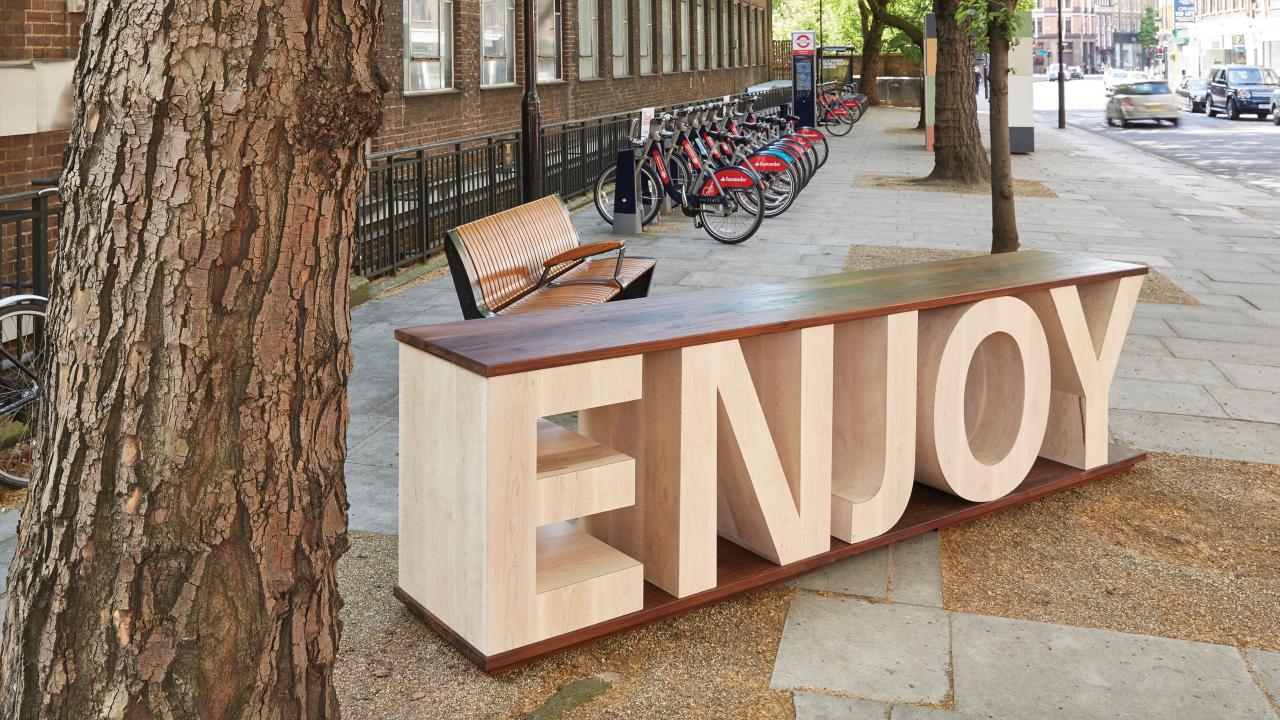MATERIAL
American tulipwood
Commercially American tulipwood, known domestically as yellow poplar, is one of the most prolific hardwood species from the U.S. hardwood forests and is unique to North America. Forest Inventory Analysis (FIA) data shows U.S. tulipwood makes up 7.7% of total U.S. hardwood growing stock and while 12.8 million m3 are harvested each year, more than 32 million m3 of American tulipwood grows naturally in the hardwood forests during the same period. Tulipwood has less strong grain characteristic than species such as ash and oak and exhibits a marked difference between the sapwood and heartwood. The sapwood is creamy white whereas the heartwood can vary from pale yellow or brown to green and purple in extreme cases. The wood darkens on exposure to light. Tulipwood has extraordinary overall strength properties relative to weight, making it highly suitable for structural applications, such as glue-laminated beams and cross laminated timber (CLT).

American soft maple
Soft maple, growing naturally in the hardwood forests of North America, is one of the most prolific and sustainable species, similar to hard maple but slightly softer in impact hardness. It grows widely across the eastern USA. Forest Industry Analysis (FIA) data shows U.S. soft maple makes up 11.7% of total U.S. hardwood growing stock and that while 14.8 million m3 is harvested each year, in the same time period more than 36 million m3 is grown naturally. Soft maple is much more variable in colour than hard maple and the wood is generally straight grained with fine texture. It is considered where hardness and hardwearing properties may not be essential and is used in furniture, cabinet making and joinery as well as turning and mouldings.



